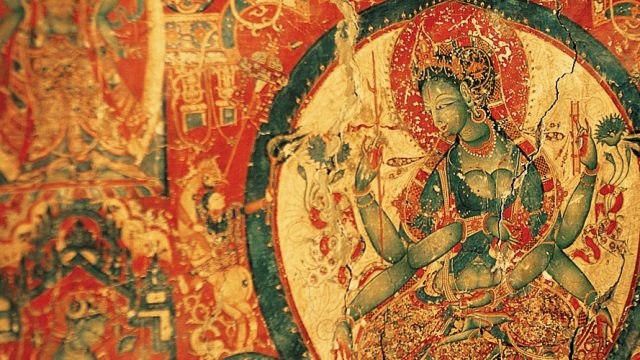On the eastern edge of the Tibetan plateau, Ladakh often gives visitors the exotic feel of being in a mini Tibet. It’s worth remembering that despite national borders making places feel much further than they are, Lhasa is just about 1,500 km from Leh. Ladakhi people share their ethnicity; religion—the mystical Vajrayana form of Buddhism; crops —mainly barley; food, such as barley-based tsampa flour and the slightly alcoholic chhang … and more, with Tibet. Of these, butter tea, a fat-laden beverage essential for the body in these excessively dry climes, is an interesting concoction you can try.
A piece of history that may surprise you: it was not Buddhist Tibet that brought about a primarily Buddhist Ladakh – instead Buddhism travelled from India, via Kashmir and Ladakh to Tibet. It was only in the 13th century that Ladakh became, so to say, subordinate to Tibet in religious matters.
It is also around this time that sizeable numbers of Tibetan people started migrating and settling in Ladakh, coming to dominate all older races here, such as the Dards. Indeed, had the Raja of Jammu, Gulab Singh, not sent his trusted general, Zorawar Singh, to conquer Ladakh in 1834, this northern tip of India would probably have been part of China now.




